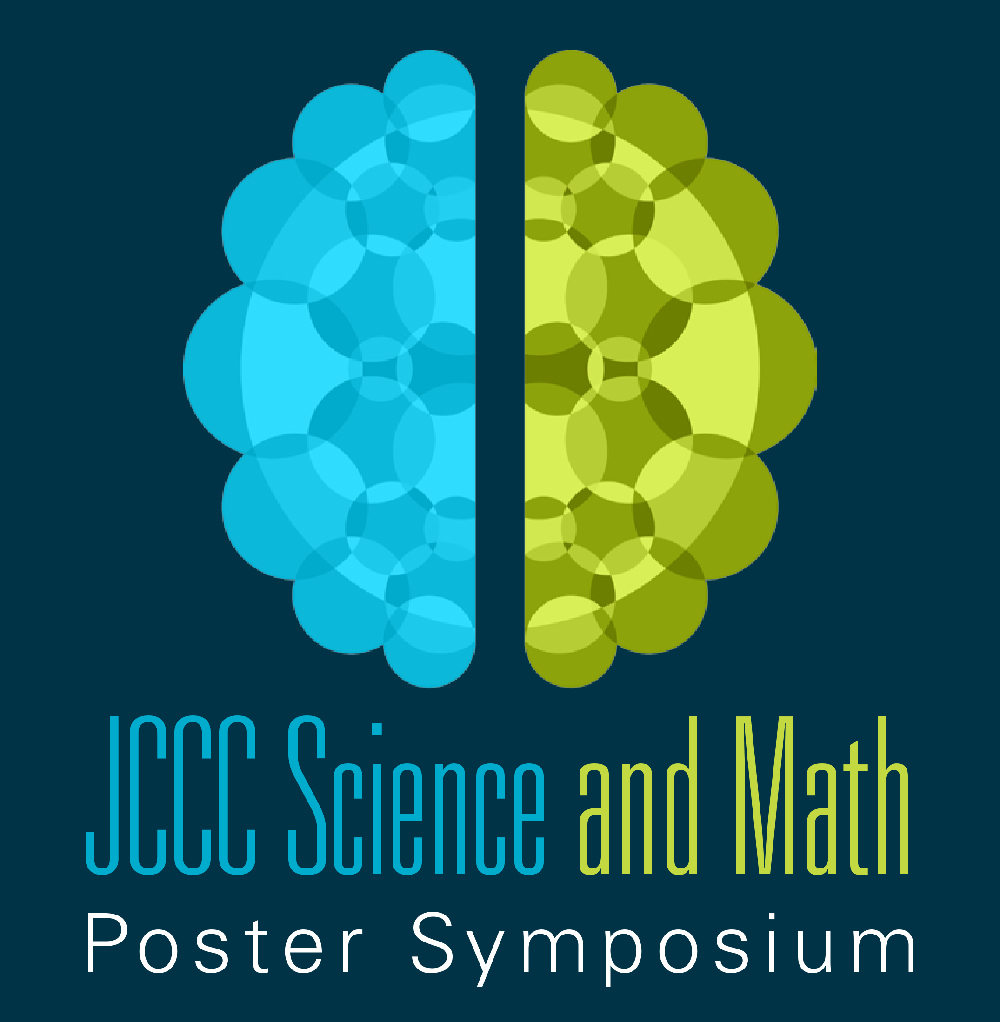Start Date
28-4-2022 12:00 PM
Document Type
Poster
Description
Over time specialized bacteria known as “super-bugs” have adapted and learned to resist the antibiotics that were designed to kill them. The discovery of new antibiotics that can kill drug-resistant bacteria is essential for the future of modern medicine. The purpose of this research was to identify bacteria within the chosen soil sample that was collected from Overland Park, Kansas in a residential area. The location was chosen due to its isolation and overall interest in discovering bacteria from this particular area. This was done in hopes to screen selected candidates against safe ESKAPE relatives to aid in the discovery of new antibiotics that are desperately needed in healthcare. A series of serial dilutions with the given soil sample created countable plates which allowed for an easier candidate identification process. Those candidates were then placed on a master plate separated from other colonies to prevent contamination. Once placed on the master plate they were incubated and tested against the six safe ESKAPE relatives. The results were analyzed to evaluate whether or not the chosen candidate produced a zone of inhibition. Genetic and metabolic testing was done to further identify bacteria which will be discussed in the remaining sections of the paper.
Bacteria Derived from Soil Collected in Overland Park, Kansas for Antibiotic Research
Over time specialized bacteria known as “super-bugs” have adapted and learned to resist the antibiotics that were designed to kill them. The discovery of new antibiotics that can kill drug-resistant bacteria is essential for the future of modern medicine. The purpose of this research was to identify bacteria within the chosen soil sample that was collected from Overland Park, Kansas in a residential area. The location was chosen due to its isolation and overall interest in discovering bacteria from this particular area. This was done in hopes to screen selected candidates against safe ESKAPE relatives to aid in the discovery of new antibiotics that are desperately needed in healthcare. A series of serial dilutions with the given soil sample created countable plates which allowed for an easier candidate identification process. Those candidates were then placed on a master plate separated from other colonies to prevent contamination. Once placed on the master plate they were incubated and tested against the six safe ESKAPE relatives. The results were analyzed to evaluate whether or not the chosen candidate produced a zone of inhibition. Genetic and metabolic testing was done to further identify bacteria which will be discussed in the remaining sections of the paper.


Comments
The faculty mentor for this project was Heather Seitz, Biology.